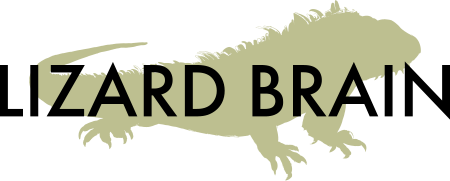Graphic Puzzle
The Graphic Puzzle is a team building and systems thinking activity where teams of participants are given individual "puzzle pieces" of a larger picture. Their tasks is to produce a single picture that is colored consistently in the time allotted.
They are given tape and markers to complete the exercise, and they are allowed to self organize, plan, and execute on their own. Most groups follow the same process: they first fit the picture together, then assign coloring tasks. Breakdowns in communication occur once the puzzle is broken up so that coloring can proceed: which pieces matched up where? What was decided for the specific components? What dependencies are their on one group's decision to color certain components?
Some of the behaviors to note:
- Role adoption: Who are the leaders? How did they assume leadership? What techniques did they use? Who were the followers? What challenges did they discover? Did they feel like their voice was heard? Who checked out of the exercise completely? What was going on there? How is this similar to how people influence in your organization? How might you change your own influence style based on this insight?
- Communication: How were decisions made? How were they communicated? What about adjustments that occurred on the fly? How were they communicated? Where were the breakdowns? What decisions didn't make sense to you? Why? How does this reflect actual communication patterns in your own organization? What insights could you draw from this exercise that could impact how you communicate?
- Planning: What process did the group adopt? What worked? What didn't? What would they have done differently? What role did time play: was there enough of it? Too much? Just right? What would you have done if you had double the time? What if you had half the time? How does this relate to how planning is done in your organization today? What works? What doesn't?
- Seeing systems: Looking at everything that happened, what groups emerged? What was the interaction between those groups? What did you think about the other groups? What did you observe? What did you think was going on? What was actually going on? What groups are their in your own organization? What do you think about those groups? How might you better understand their motivations?






